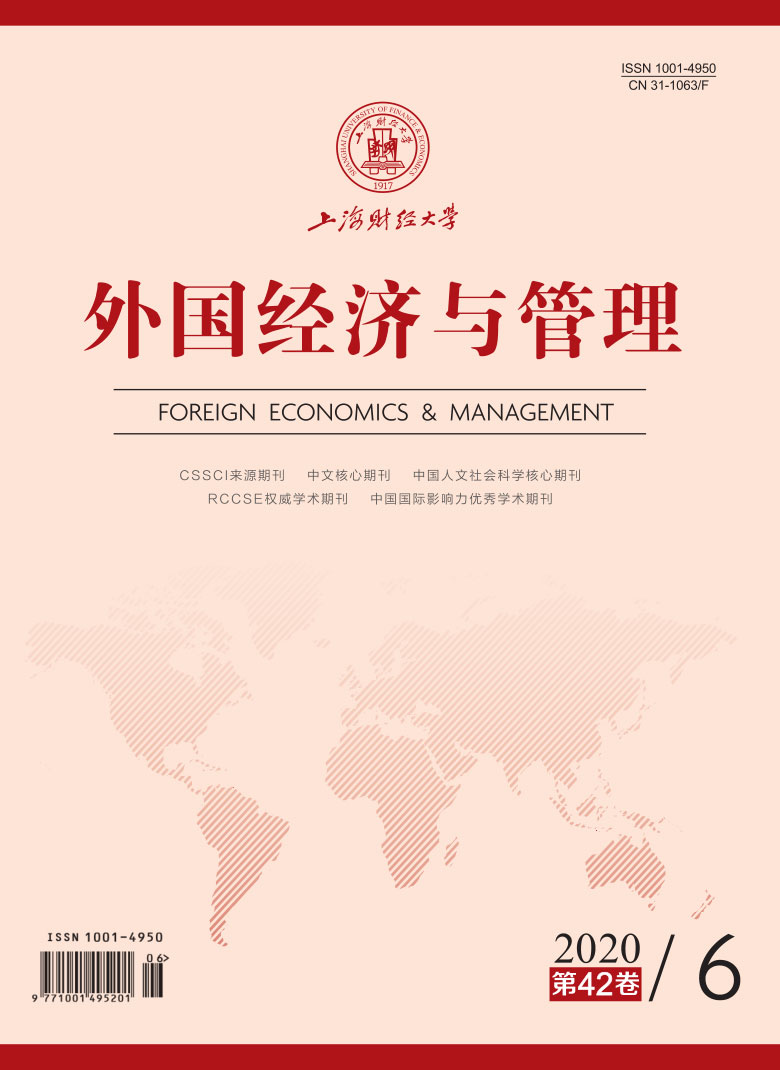De-familiarization is a direction of future development of family business. As a result of changing the governance of family business, de-familiarization has an important impact on the governance effect of the business. There are usually two paths in the process of de-familiarization: First, the introduction of professional managers to run the business, continuing to maintain the control of the family; second, part or all of the transfer of equity in the business, while losing the control and management of the family business. The introduction of professional managers can enhance the reputation of enterprises, make up for the deficiency of family enterprises in regulating management and professional knowledge, increase the channels for investors to obtain enterprise information from the outside, and reduce the information asymmetry inside and outside enterprises. Equity transfer can provide enterprises with more sufficient capital and human resources.
Based on the development process of family business in China, this paper tests the influence of different ways of family business’ de-familiarization on its financing constraints, provides a new perspective for the research of family business’ corporate governance and behavior, and deepens the research on the dynamic development of family business. This paper takes 2005-2014 family listed companies as the research object, discusses the influence of two ways of family business de-familiarization on corporate financing constraints, and further discusses its mechanism. Based on the previous literature, combined with the research object, this paper defines family business by two independent standards. The first criterion requires the family business to meet the following three requirements:(1)the actual controller is traced back to the family or individual;(2)the family or individual is the first major shareholder of the company;(3)the founder or family member of the business serves as the chairman or general manager. The introduction of external managers is considered to be de-familiarization for family enterprises that meet such standards, which is defined as “introduction of external professional managers” to de-familiarization. The second standard requires that the family business meet the following two requirements:(1)the actual controller is traced back to the family or individual;(2)the family or individual is the first major shareholder of the company. When family members give up their ownership, the family business that meets these standards is considered to be de-familialized, which is defined as “transfer business” de-familiarization.
This paper finds that the introduction of external managers and enterprise transfer can significantly reduce the sensitivity of investment cash flow and ease the financing constraints of enterprises. Further research shows that the financing constraints of non-high-tech enterprises are significantly reduced after de-familiarization, while the financing constraints of high-tech enterprises are not significantly alleviated after de-familiarization; the family heterogeneity also has an impact on the release of financing constraints of enterprise de-familiarization, that is, “competitive advantage” type enterprises are more suitable for introducing external managers, and “control right and private interest” type enterprises can reduce financing constraints by transferring enterprises. In the environment of high information transparency, the effect of de-familiarization is more obvious. This shows that enterprise de-familiarization can bring convenience in financing for enterprises, and in different circumstances, the role of de-familiarization also changes with the environment.
In this paper, KZ index is used as an alternative variable of financing constraints to test the robustness, and the results are still valid. In order to prevent the influence of endogeneity, all models in this paper are DID models. The conclusion of this paper is helpful for family enterprises to choose a better transformation mode according to their own situation, so as to improve the financing predicament of enterprises, provide investors with empirical evidence of investment directions, and optimize the allocation of market resources.






 11939
11939  6245
6245

